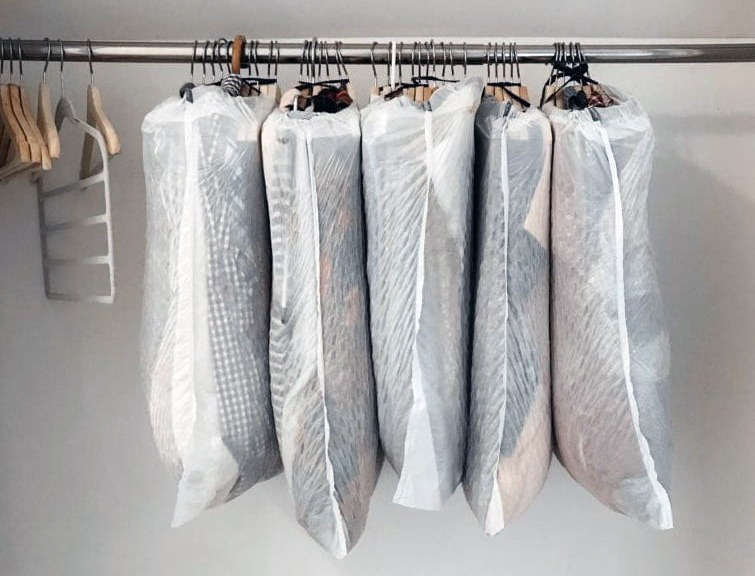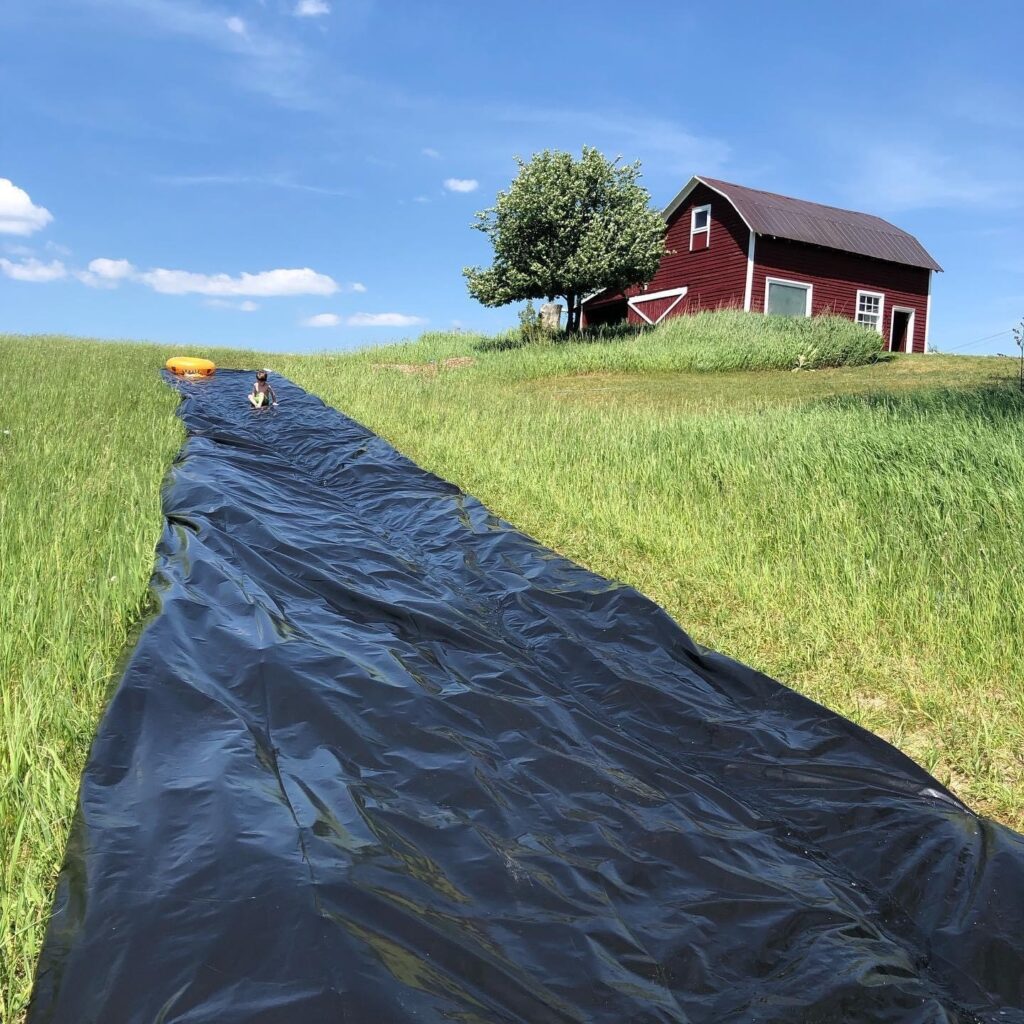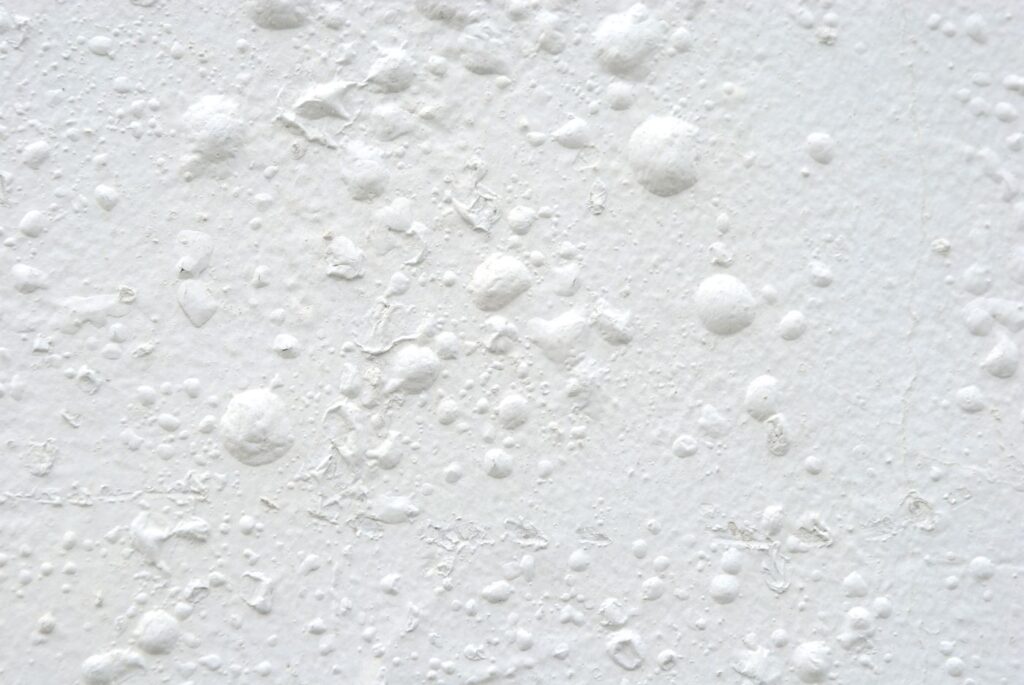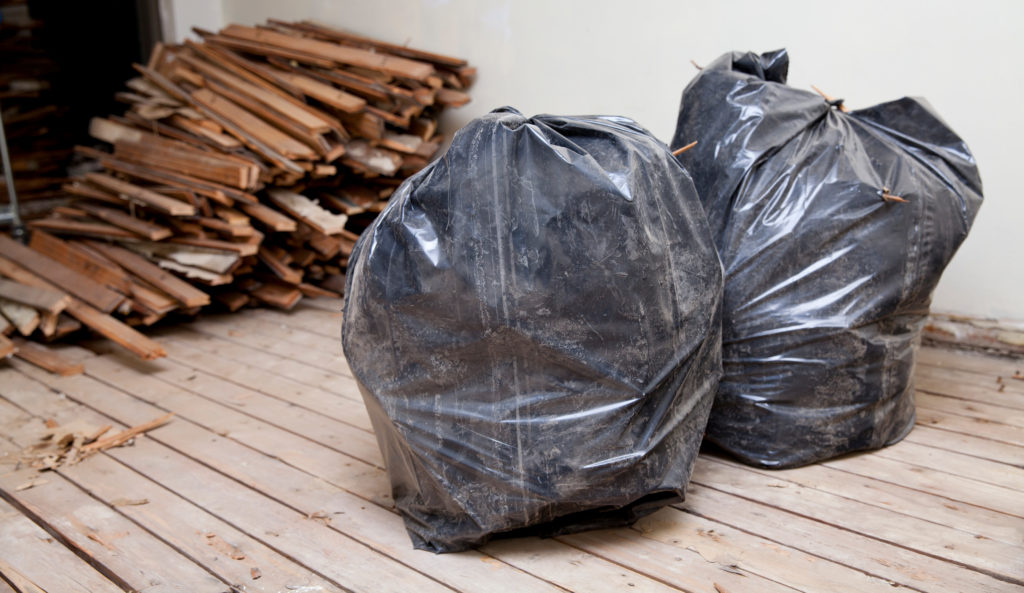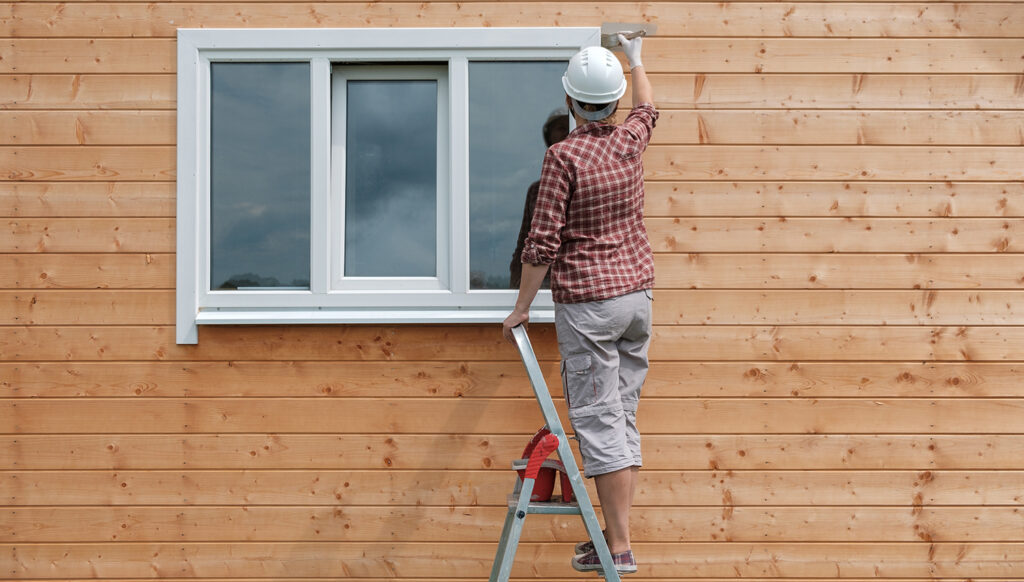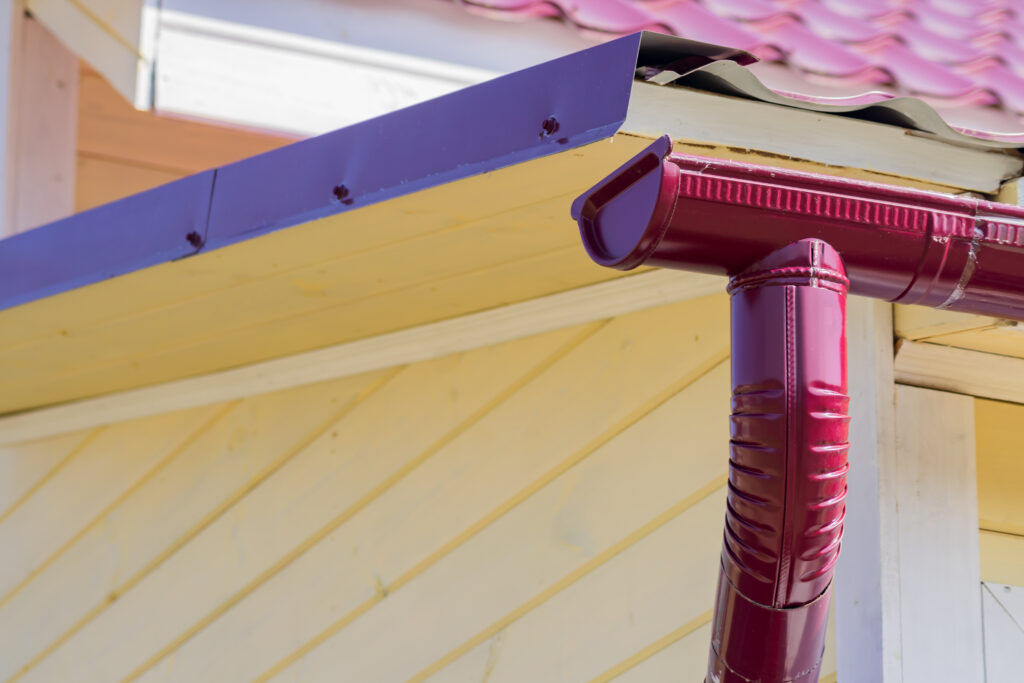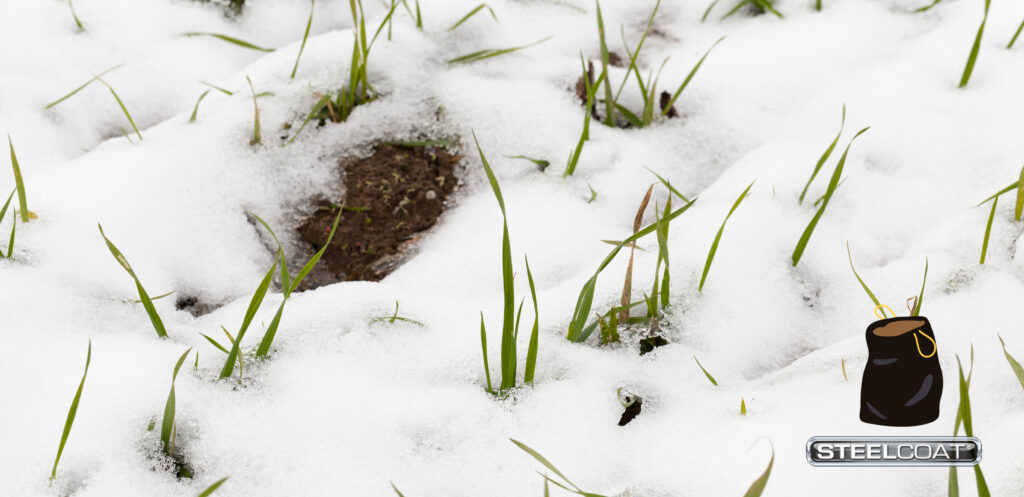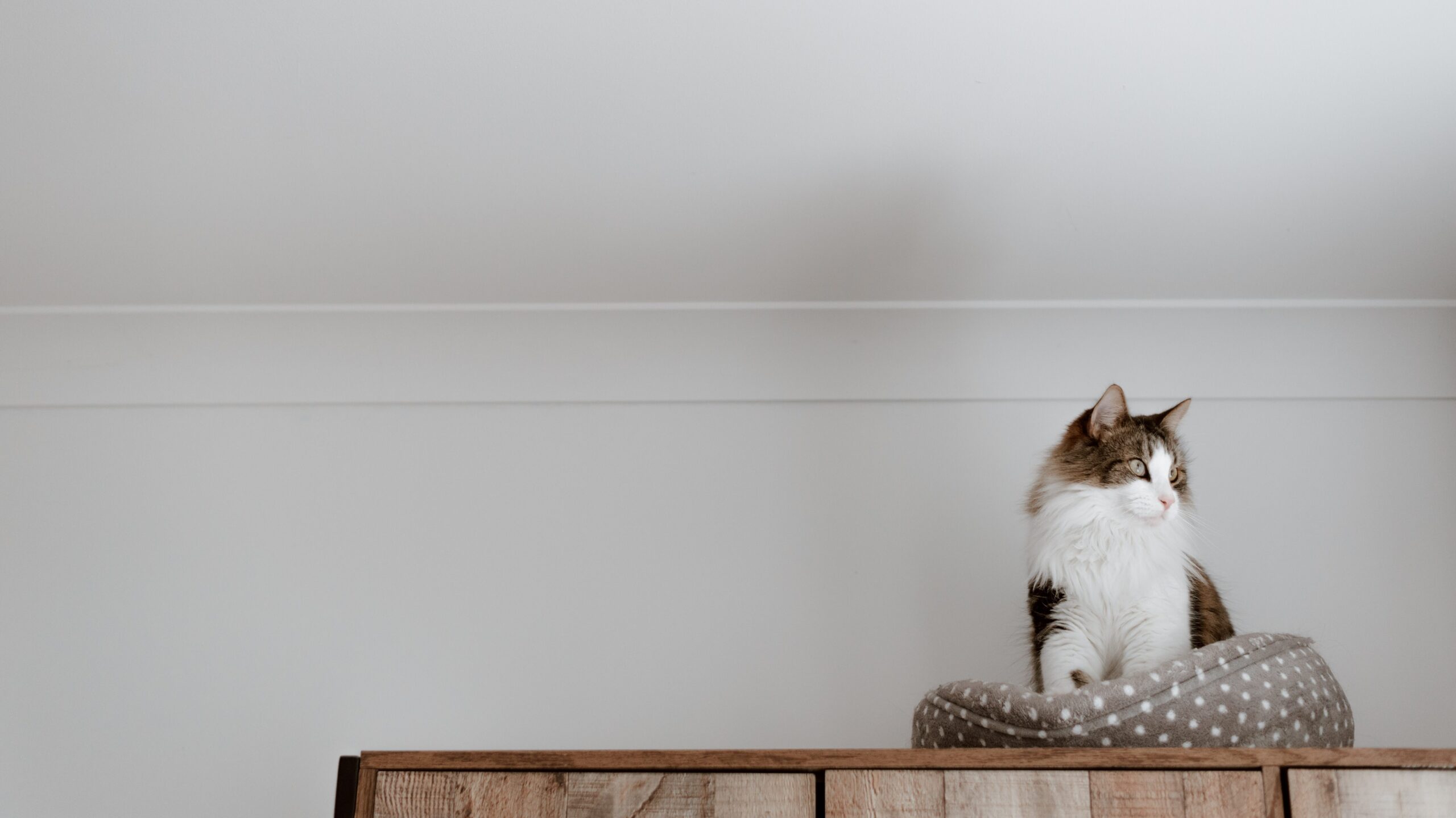
Home improvement isn’t just for humans! If you’re a DIY lover with a spoiled pet, it’s time to pamper your furry friend with their very own space. A pet area doesn’t need to be an entire room: a nook or corner will work just as well. Your pet will be thankful for a nice place of their own.
Here are six steps for designing a cozy space just for your pet.
Pick a location. This crucial step will be dependent on your home and your pet. Pick a spot where your animal will be comfortable and cozy — everyone wants to feel safe when they nap. If your pet already has a favorite spot that you’re willing to upgrade, go for it! Otherwise, areas like an unused corner of a living room, bedroom, home office, or basement are great places to do this project. Pick a bigger area if you’ll have more than one pet sharing the space. You’ll also want to consider if your pet likes to be close to the action or further away.
Paint. Once you’ve picked the perfect spot, it’s time to make the space unique. Although pets often don’t see color the way we do, they still deserve a little pizzazz. You can choose colors that match their fur or find the same shade as their favorite toy! Be mindful of the type of paint you use; there are many animal-safe and nontoxic options to choose from. Let the paint dry completely and wait a few days for the fumes to disperse.
Decorate. Add in a pet bed or crate for your furry pal to relax in. Most pets sleep a lot during the day, so a good snoozing space is essential. Next up, add in your pet’s toys to keep them happy and busy. If you are adding food and water to the pet area, now would be the time to do so. Don’t forget a nice mat to keep the floors safe from water spills and kibble. If you have a particularly fancy pet, you can add photos, decals, or art to the walls. Make sure these additions won’t get torn down or chewed up.
Check for safety. If you put your furry friend’s hideout in a laundry room or garage, make sure they can’t get into anything dangerous. Move floor-level items up onto shelves or tabletops to avoid any accidents! If there is no heating or air conditioning in their new space, you should consider investing in temperature solutions for the extremely warm and cold months. Safety gates and pet webcams can both be great additions to your pet’s space.
Final touches. Your mini renovation is almost complete! Add in a storage area to keep food, treats, and grooming supplies. Hang up any leashes or harnesses that your pet uses. Lastly, clean up any remaining debris or mess.
Move-in. See how your pal likes their new spot! As your pet settles in, you can cross this project off your home improvement to-do list.
How can Steelcoat® help you make the pet room of your dreams? High-Density PE Painter’s Plastic will keep paint where it belongs and off of where it doesn’t. Our Low-Density PE Plastic Sheeting will cover and protect your floors and furniture while painting and renovating.
For more home improvement and renovation ideas and tips, stay up to date with our blogs by following us on Facebook, LinkedIn, or Twitter!


